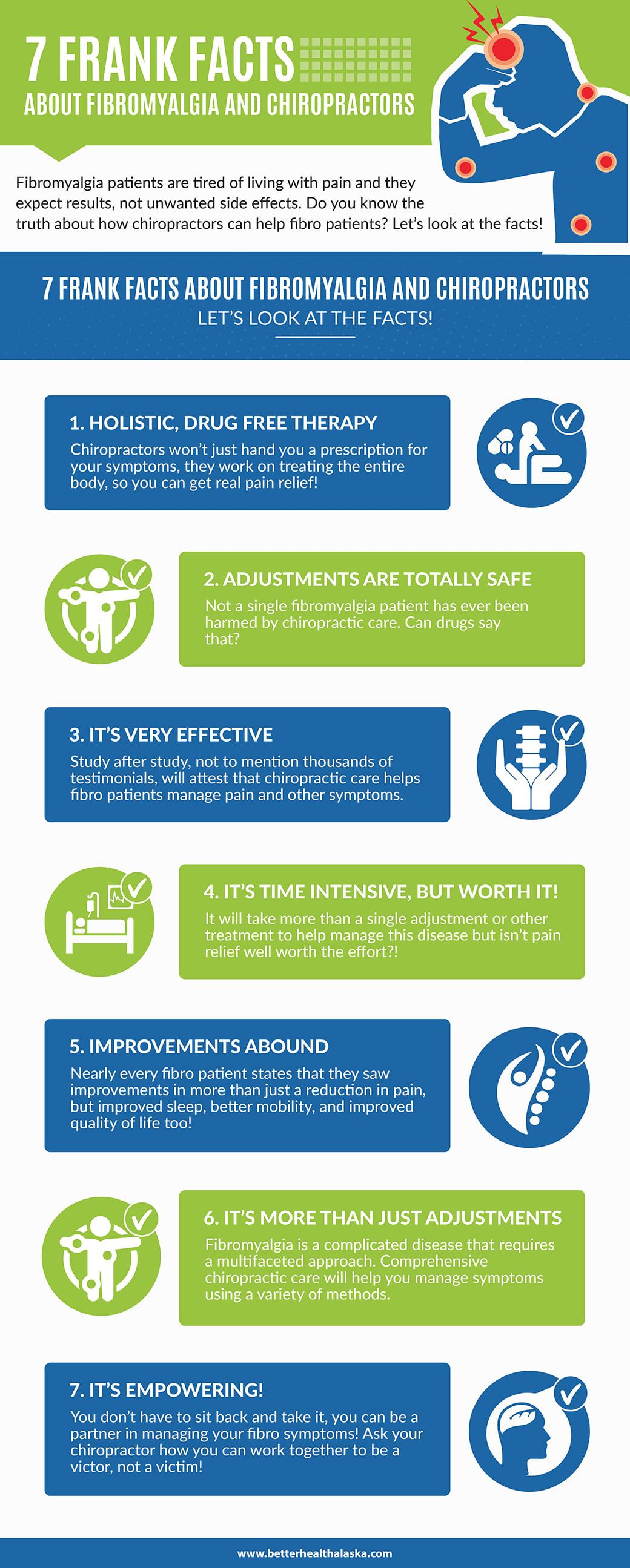The Effect Of Posture On Neck And Back Pain: Standards For Keeping Excellent Alignment Throughout Your Everyday Regular
The Effect Of Posture On Neck And Back Pain: Standards For Keeping Excellent Alignment Throughout Your Everyday Regular
Blog Article
Authored By-Bush Patton
Preserving appropriate posture isn't practically sitting up straight; it has to do with straightening your body in a manner that supports your spinal column and minimizes the risk of back pain. The method you sit, stand, and relocate throughout the day can dramatically affect your spinal health and wellness. Yet just how specifically can can chiropractor make sciatica worse guarantee good placement continually, also throughout busy days loaded with different activities? Let's delve deeper into the subtle yet impactful adjustments you can make to your everyday regimen to maintain your back delighted and healthy.
Relevance of Correct Stance
Appropriate stance is important in keeping a healthy and balanced back and protecting against discomfort. When you sit or stand with great pose, your spinal column remains in positioning, lowering strain on your muscular tissues, tendons, and joints. This positioning enables the body to disperse weight equally, protecting against too much tension on specific areas that can cause discomfort and discomfort. By keeping your back appropriately aligned, you can additionally enhance your breathing and food digestion, as slouching can press organs and limit their performance.
Furthermore, preserving great position can improve your general look and self-confidence. When you stand tall with your shoulders back and head held high, you exhibit confidence and appear even more approachable. Good posture can also make you feel more stimulated and sharp, as it promotes appropriate blood flow and permits your muscular tissues to function effectively.
Integrating appropriate posture into your everyday regimen, whether sitting at a workdesk, strolling, or exercising, is important for stopping pain in the back and promoting total wellness. Bear in mind, a tiny change in exactly how you hold yourself can make a considerable distinction in just how you really feel and function throughout the day.
Common Postural Mistakes
When it involves keeping great posture, numerous people unconsciously make usual errors that can contribute to neck and back pain and pain. Among one of the most prevalent errors is slumping over or hunching over while resting or standing. This setting puts excessive pressure on the back and can bring about muscle mass discrepancies and discomfort over time.
One more typical blunder is overarching the reduced back, which can flatten the all-natural contour of the spine and create pain. In addition, crossing legs while resting might really feel comfy, but it can develop an imbalance in the hips and hips, bring about postural problems.
Using a pillow that's as well soft or too firm while sleeping can additionally impact your placement and contribute to back pain. Lastly, frequently craning your neck to consider screens or adjusting your position often can stress the neck and shoulders. Bearing in mind these usual postural mistakes can assist you maintain better placement and decrease the danger of pain in the back.
Tips for Correcting Alignment
To boost your alignment and reduce pain in the back, it's necessary to concentrate on making small changes throughout your day-to-day routine. Begin by being mindful of your posture. When resting, ensure your feet are flat on the floor, your back is straight, and your shoulders are kicked back. Prevent slouching or leaning to one side. Usage https://body-adjustments06283.nizarblog.com/30821494/deposit-any-uncertainties-as-you-examine-the-nuances-of-chiropractic-modifications-discovering-their-considerable-effects-on-your-general-wellness or paddings to support your lower back.
When standing, distribute your weight uniformly on both feet, keep your knees a little bent, and tuck in your hips. Engage your core muscles to support your spinal column. Take breaks to extend and walk if you have an inactive job. Integrate workouts that strengthen your core and back muscles, such as planks or bridges.
While sleeping, make use of a pillow that sustains the natural contour of your neck to keep proper back placement. Stay clear of sleeping on your stomach, as it can strain your neck and back. By bearing in mind these pointers and making small adjustments, you can progressively fix your placement and minimize back pain.
Conclusion
Remember, maintaining excellent pose is vital to preventing pain in the back and advertising spinal health and wellness. By being mindful of your alignment, dispersing weight uniformly, and engaging your core muscles, you can lower stress on your back and reduce the threat of pain and injury. Include ergonomic assistance, take regular breaks to extend, and reinforce your core and back muscular tissues to keep correct alignment throughout the day. Your back will certainly thank you for it!
